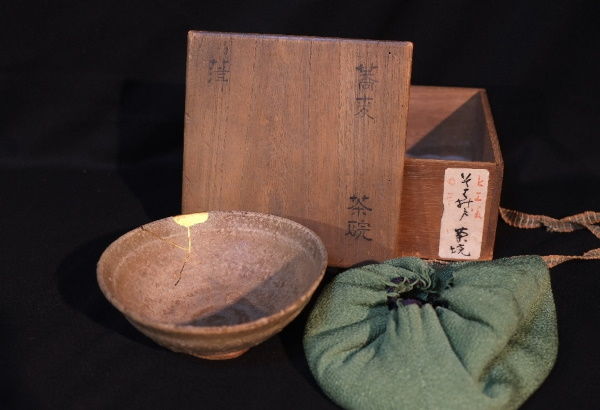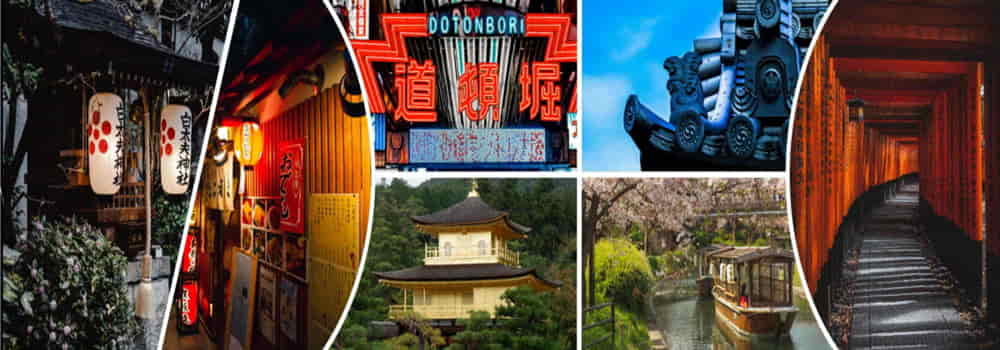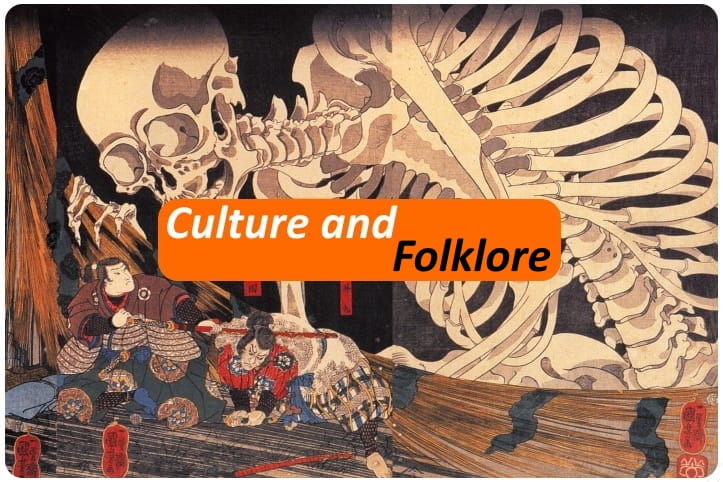kintsugi 金継ぎ The art of repairing with gold that transcends philosophy

The kintsugi 金 継 ぎ, is an ancient technique used to repair ceramic objects using gold, silver, or lacquers with gold powders or other colors. We'll discover togther in detail how this deeply rooted art functions and how it transcends philosophy.
This technique, which we can also find under the name of kintsukuroi 繕 い, dates back to the 15th century when a Japanese commander sent his teacup to China to be repaired.
On its return, the technique used aroused the curiosity of a local potter who began to think of different ways and techniques that could give "new life" to those ceramics and porcelains that by now seemed destined to be destroyed.

The first repairs were done using the resin of the trees to be able to glue together the pieces that were broken. Once dried, the part where the joint is found is smoothed and cleaned in such a way that the joint is no longer recognized. At this point an additional layer of resin is applied which is mixed together with the gold and applied along the "fracture". The result is incredible, so much that already at that time some potters deliberately broke their creations to apply this technique, thus increasing their beauty and above all their value.

Different styles of Kintsugi are known. What refers to the traditional technique in which gold dust is used (often mixed with resin) to attack the broken pieces, the final result is the sight of small and thin golden threads that follow the "breaking vein" Another style, which takes the name of Makienaoshi, is the method of the piece, that is the filling of the void left by the missing piece entirely with gold lacquer or even just gold One of the last techniques used is that of agrregare pieces different from the original, so as to have a sort of mosaic that will later be joined following the main style of Kintsugi. there are person that devote heir life to learn and promove this style and same are know like 人間国宝 Ningen Kokuhō or the Living National Treasures

In addition to the classic colors as gold or silver, there is a tendency to combine resins with other colors, experiment with "veins" such as colors with red or blue, or others that follow the aesthetic taste of the one is creating the piece . In my opinion, the use of the original technique with gold is the one that has a greater visual and aesthetic impact.
From the beginning, when it was introduced for the first time, this technique brought with it much interest that transcended the art itself for enter into philosophy. In fact the practice of repairing the fractures of ceramics was associated with human nature like similitude. From the imperfection from birth or from a trauma, or from a wound suffered, a form of aesthetic and interior perfection can be born even surpassing the original, awakens in the human being an aspiration to follow the same path.
There are many schools of thought about it in Japan, and the many courses that can be found often combine a practical part, in which the technique is taught, a philosophical part in which the similarities that can be found, and applied, are exposed to the human nature.
I find this incredible technique, which gives a new beauty to the piece that was believed to be lost, to be thrown away, a way of applying the concept of "repairing" rather than throwing away or buying something new, which has its charm.

 English (United Kingdom)
English (United Kingdom)  Italiano (it-IT)
Italiano (it-IT) 






![[Review] Princess Toyotomiプリンセス トヨトミ](https://www.fukainihon.org//cache/mod_jt_contentslider/fdfb524f85518b9476158c79c8ea022f_328.jpg)


